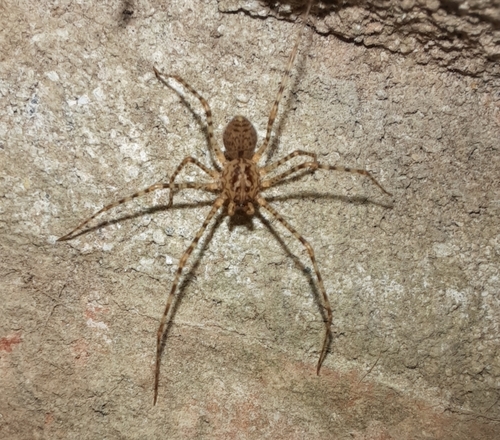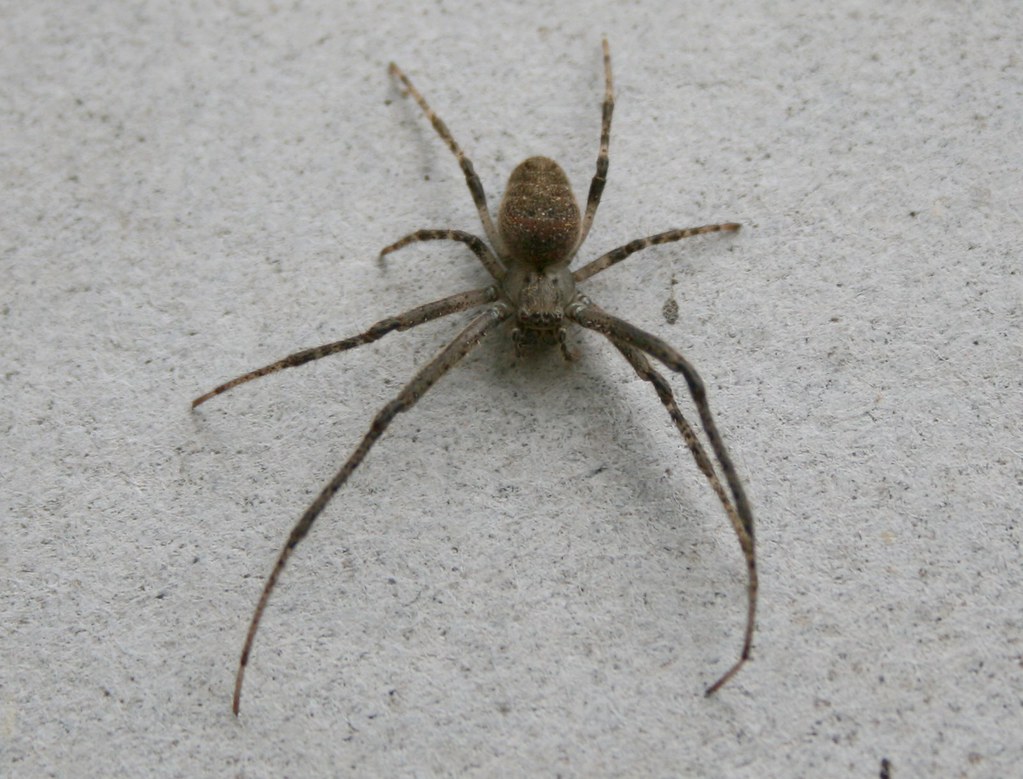Are Scytodes Globula Poisonous?The Scytodes globula, more commonly known as the Chilean Tiger Spider, is a captivating creature that has piqued the curiosity of many. One question that often arises is: Are scytodes globula poisonous? This article delves into the world of this unique spider, examining its habitat, hunting methods, and most importantly, its venom.

Photo by Lernestorod on Pixabay
Overview of Scytodes Globula
Scytodes globula, also known as the Chilean Tiger Spider, is a predatory arachnid from the family Scytodidae. In Spanish, it’s referred to as “araña tigre“. This fascinating species has earned monikers such as the “long-legged spider” due to its disproportionately long limbs, and the “spitting spider” because of its unique hunting methods. Interestingly, it has gained attention for being the only known natural predator of the highly common and hazardous Chilean recluse spider.
Description and Habitat
The size of an adult Chilean Tiger Spider can range from 30 to 70 mm. Its body, particularly small when compared to the length of its legs, which are usually three to four times the size of its body, gives it a distinctive appearance. The spider moves slowly and hunts only at night.
Native to South America, it is most commonly found in Chile, but its habitat extends to other parts of South America, including Argentina, Uruguay, and Bolivia. Although it is often found inside houses in dark, hidden places such as behind frames and in closets, it can also thrive outdoors.
Hunting Method
The hunting method of the Chilean Tiger Spider is quite distinctive, and it is the origin of one of its nicknames, the “spitting spider”. At night, the spider stealthily approaches its prey and then contracts its abdomen, projecting an extremely sticky and resistant web that imprisons its prey, even if it is larger than the spider. Once the prey is confirmed to be immobilized, the spider injects its venom, secreted from its second venom gland.

Prey
The Chilean Tiger Spider preys on a variety of insects, including flies, mosquitoes, bees, horse-flies, and other spiders. However, it has gained notoriety for preying on other types of spiders, particularly the common and dangerous recluse spider.
Webs
The Chilean Tiger Spider constructs scarcely elaborate webs, and only within its refuges.
Bites and Venom
So, are scytodes globula poisonous? It’s extremely unlikely for the Chilean Tiger Spider to attack beings that are more than twice its size, mainly due to its hunting methods. As such, an attack on a human being has almost no chance of occurring. Various studies conducted by Chilean Universities have declared this spider to be “innocuous to human beings”. There are no clinical records of attacks on humans.
However, it’s important to note that while the spider is not considered dangerous to humans, it does possess venom, which it uses to immobilize its prey. The venom is ejected from its second venom gland as part of its unique “spitting” hunting method.
Relationship with the Chilean Recluse Spider
While the Tiger Spider is known for preying on the recluse spider, studies from the University of Chile have shown that only 50% of encounters between the two kinds of spiders result in a fight. Out of these encounters, only 75% result in the Tiger Spider actually killing the recluse spider. Therefore, the title of the natural predator of the recluse spider is open to debate.

Conclusion
In conclusion, while the Scytodes globula does produce venom, it is not considered poisonous to humans. Its venom is primarily used to immobilize its prey during hunting. Although it’s known for its unique ‘spitting’ hunting method and its predation on the Chilean recluse spider, the likelihood of it posing a threat to humans is extremely low. So, if you were wondering, “Are Scytodes globula poisonous?” the answer is: not to humans. However, it’s always wise to respect all wildlife and maintain a safe distance to ensure both your safety and the wellbeing of the creature.
Remember, understanding our natural world and the creatures that inhabit it is key to preserving biodiversity. By learning about these spiders and their behaviors, we can better appreciate their role in the ecosystem and work towards their conservation.
